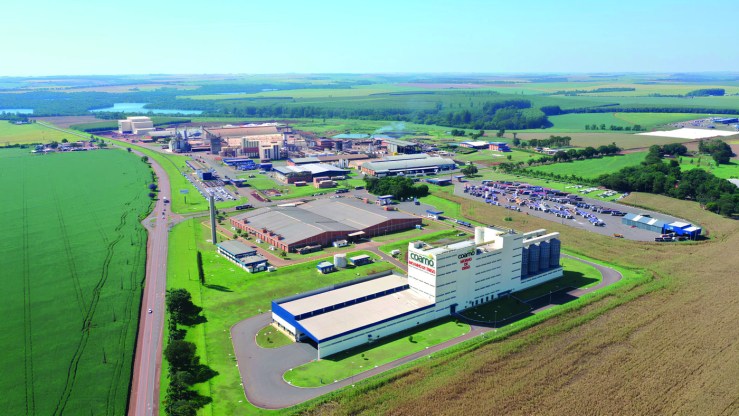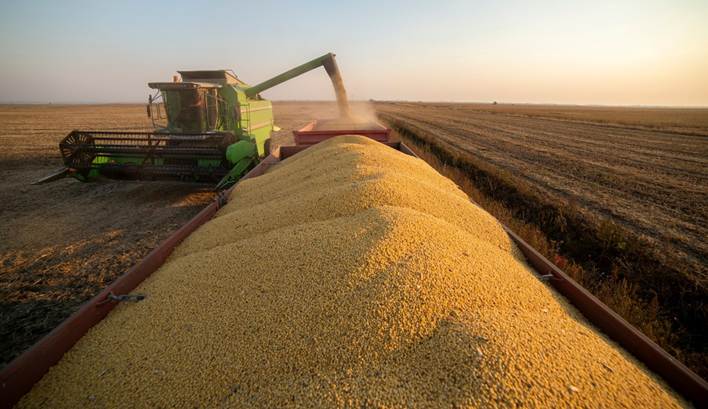Over the past 30 days, there has been a reduction in rainfall over Brazil, with the highest volumes concentrated in the North region. Although most of the country received below-average rainfall for the period, the weather was positive for the development of the second harvest. Temperatures remained above average over much of the country, but maximum temperatures began to drop with the onset of autumn. The Pacific officially entered neutral conditions.

The rainfall recorded last month was favorable for the completion of the planting of the second corn crop, as well as favoring the initial development of crops in most production regions. Volumes above 150 mm were observed in much of Mato Grosso and Mato Grosso do Sul. In eastern Goiás, the accumulations were lower, with some impact on the recovery of soil moisture.
With the onset of autumn, the first masses of cold air began to rise over the South of Brazil, with the lowest minimum temperatures over the South and Southeast regions. On the other hand, the Center-North of the country continued to record heat, with temperatures above average. NOAA announced that the Pacific Ocean entered a neutral condition as of March.




